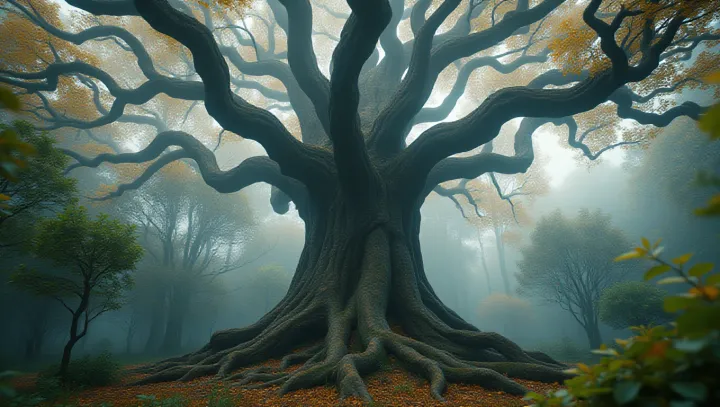Unraveling the Secret Life of Trees

In Oxford, the Arborea Research Institute has made groundbreaking advancements in understanding why trees outlive animals by such vast margins. While animals like dogs and cats are fortunate to see a couple of decades, some trees, like the Grandmother Bristlecone Pines in California, boast life spans of over five millennia. The institute's researchers credit this extraordinary longevity to a combination of genetic resilience, adaptability to environmental changes, and the evolutionary advantage of slow growth and robust defense mechanisms against diseases and pests.
Dr. Eliza Thorn, leading the team at the Institute, notes, 'It's not merely age; it’s the endurance and adaptability of trees that fascinate us. These giants have perfected their survival strategies over millions of years.' This remarkable disparity in life spans has significant implications for ecological stability.
Trees, as monumental giants, provide critical habitat, oxygen, and carbon sequestration necessary for life across the planet. Understanding these natural dynamics offers insights into preserving biodiversity and emphasizes the vital roles trees continue to play in supporting life on Earth. Unlike transient animals, trees stand as monumental testaments to nature's capacity for endurance and influence.
